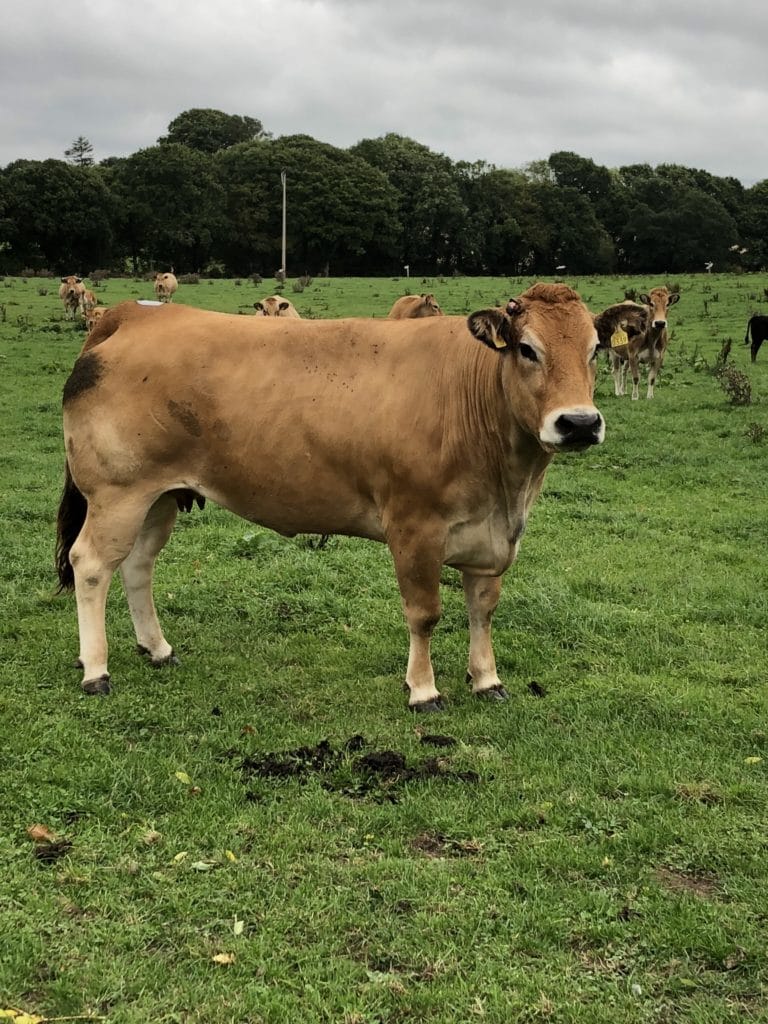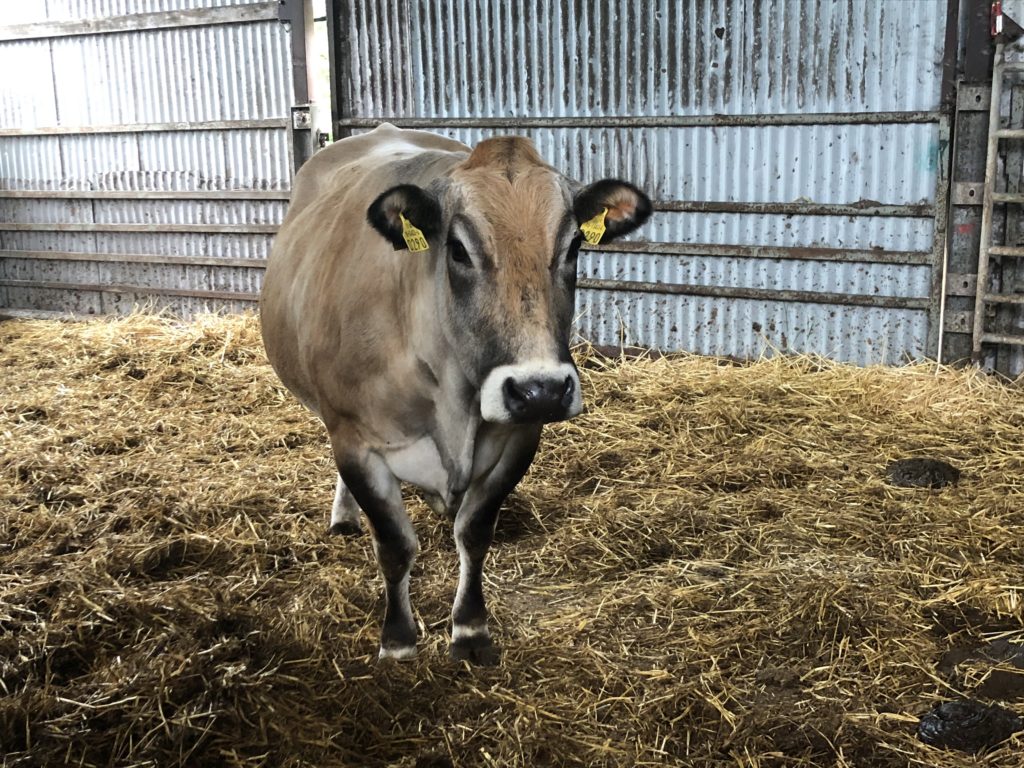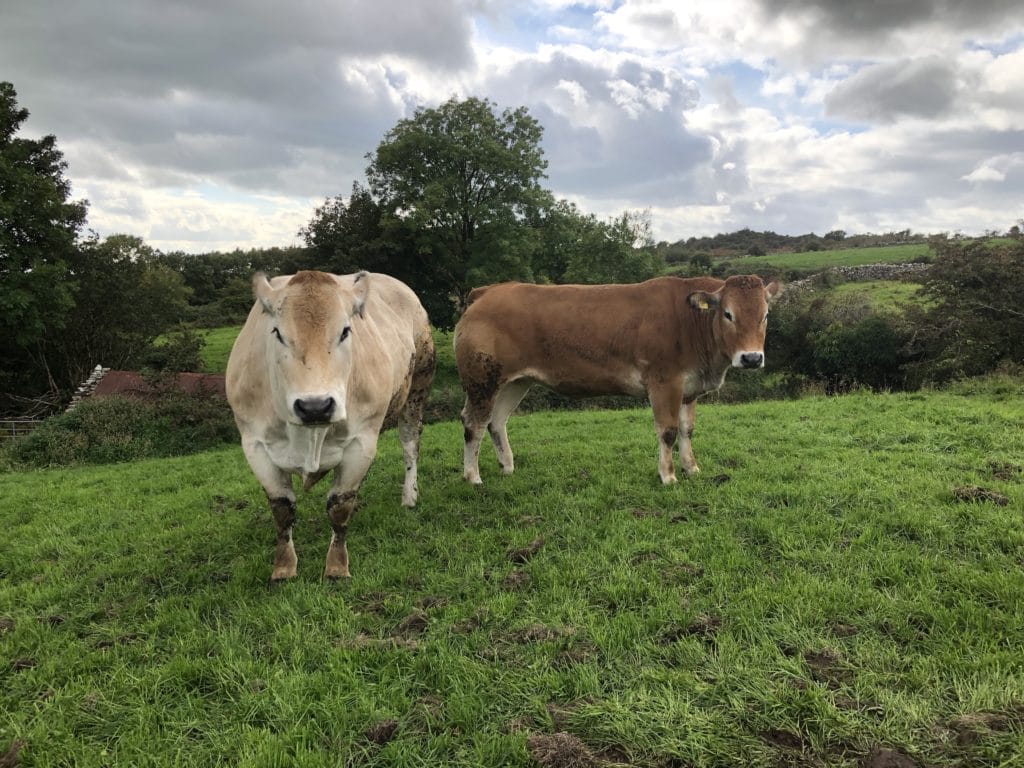


Origins Of
Parthenaise Cattle
(Courtesy Irish Parthenaise Cattle Society)
Parthenaise Cattle have great mobility and thriftiness and are used to produce high quality meat, tender and tasty. The name ‘Parthenaise’ is derived from ‘Parthenay’, a town in western France; keep in mind however that some countries call them ‘Parthenais’ and the Irish breeders refer to them as Parthenaise.
The breed supposedly came to light around the 1800s and is considered one of the oldest breeds in France.
“They were once a dual-purpose breed, with a good reputation in both milk and beef production! The butter from Parthenaise milk was widespread across France in previous centuries. However, nowadays their meat is what is sought after.”
For those Irish Breeders already using Parthenaise bulls they are seeing the improvement in their herds already, easier calving, more live healthy animals with good growth and conformation achieving top market prices. The experience in Ireland of finishing crossbred cattle is that they kill out extremely well, with a high killout % and high yield of saleable meat. Less trims, more quality beef with excellent conformation in the high value carcass areas.
Early Examples For
Crossbred Parthenaise/Angus In Australia
Steer 1
Live weight 592 kg
Carcass weight: 372.5 kg
Yield: 62.9%
Steer 2
Live weight 535.5 kg
Carcass weight: 340.5 kg
Yield: 63.6%
Data provided by M.C Herd Meat Processors
The major advantage of breeding heavily muscled Parthenaise is to produce high-quality cuts of meat with very little fat and high meat to bone ratio. The breed have what is known as ‘double-muscling’, meaning that those high levels of lean muscle can develop without being limited by other biological systems. This is similar to Belgian Blue, but Parthenaise Cattle don’t reach the same large sizes. They convert feed to weight very efficiently, without needing extremely high feeding volumes.
Calving surveys reveal that despite the heavy muscling there is hardly any difficulty calving, 28% require slight assistance and 66% require no assistance at all Average birth weight for bulls is around 44 kg and heifers 41 kg, with mature bulls weighing up to 1,250 kg and cows up to 1000 kg. A large number of crossbreds have been born, all without assistance and there are good profile reports covering these.
Fertility, regularity and ease of calving, and hardiness of calves are all excellent, with the result that because of, the maternal qualities and milk yields of Parthenaise cows ensures, their calves grow well. Cows and bulls sold in Ireland and France achieve premium prices.